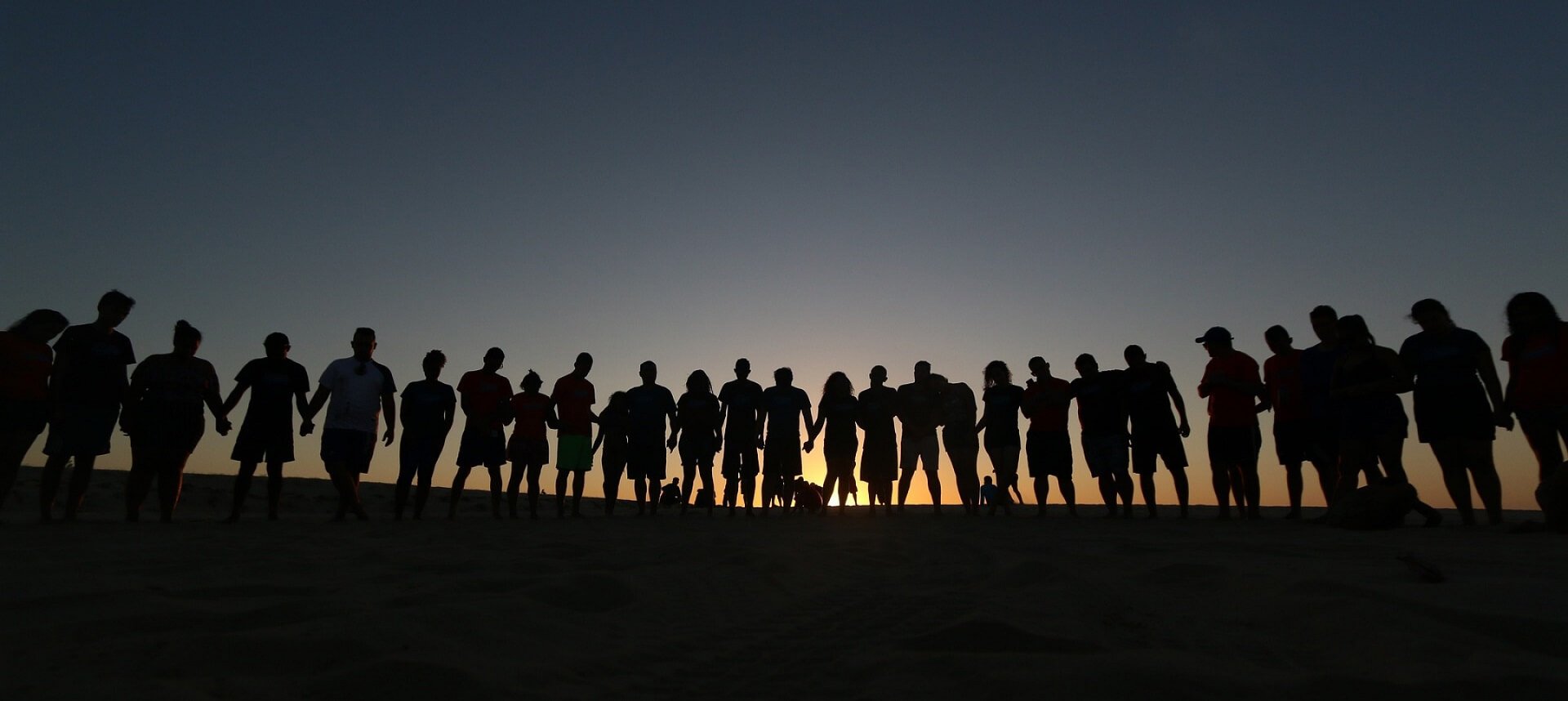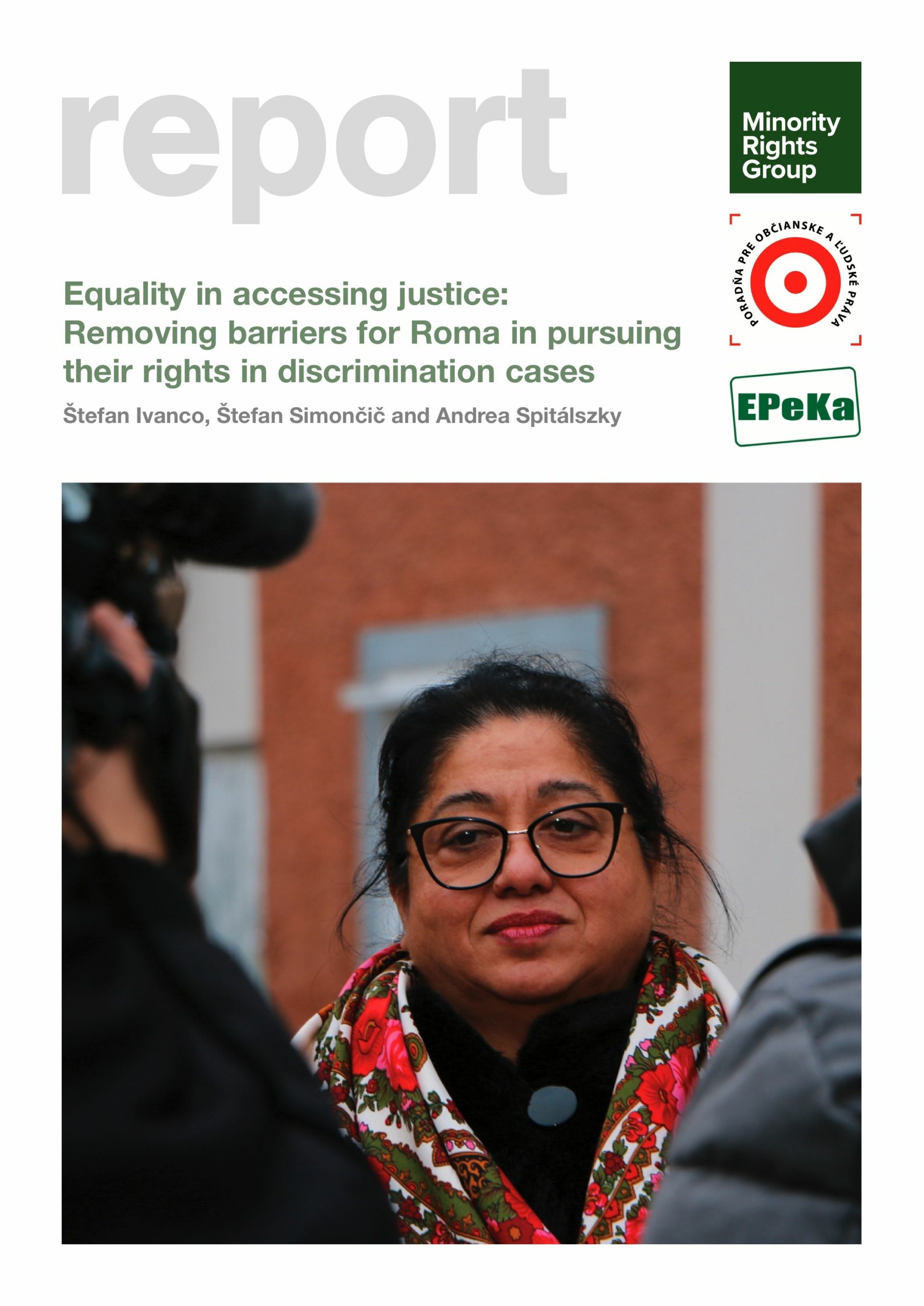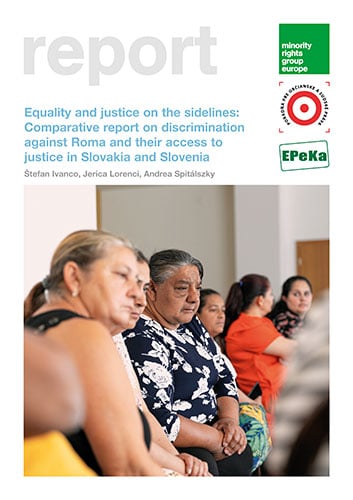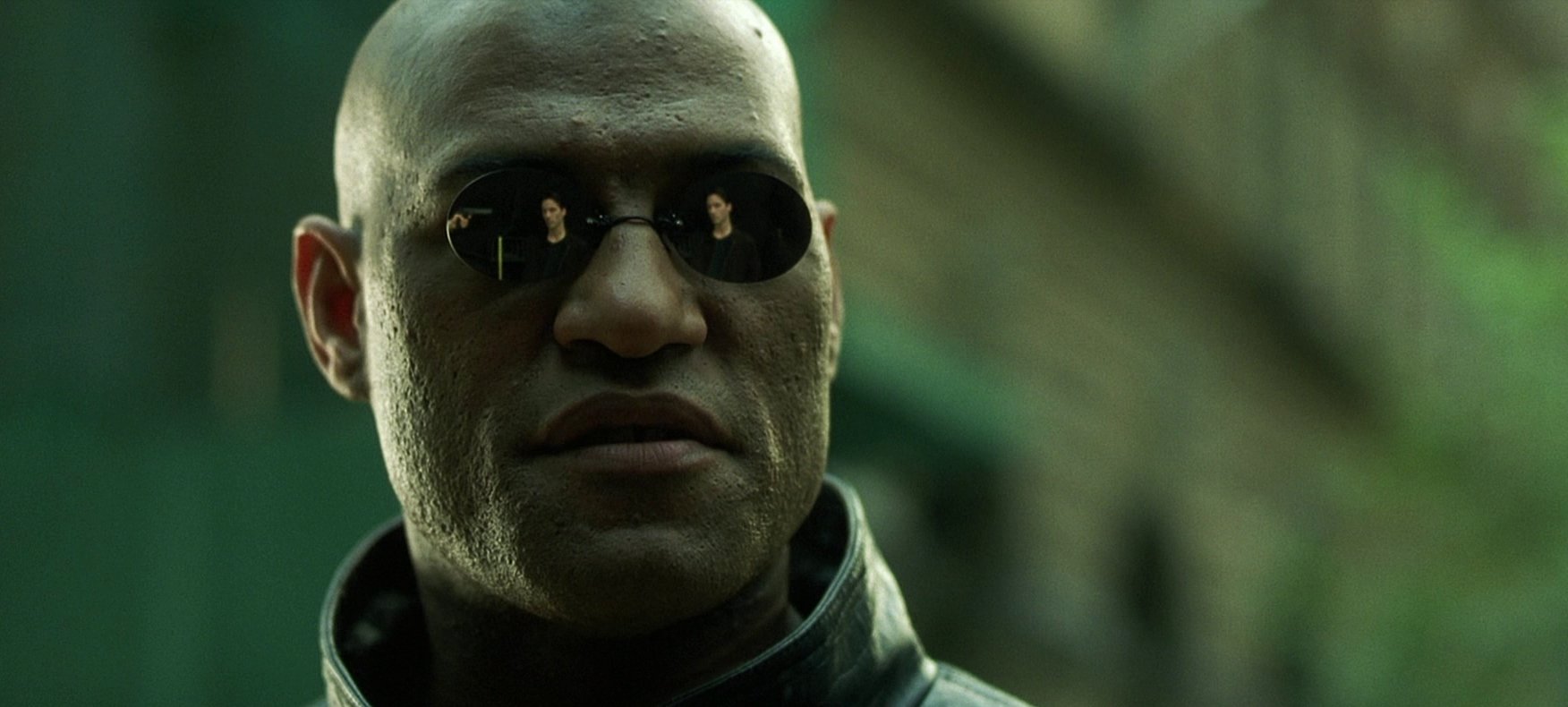History
For most of the twentieth century, Slovakia was part of Czechoslovakia, although a separate Slovak state was briefly established as a satellite of Nazi Germany during the Third Reich. On 31 December 1992, the union between the Czech lands and Slovakia formally dissolved and Slovakia became an independent republic.
The history of Slovakia began with ancestors of the Slovaks settling in the Carpathian region during the seventh century, though they were subsequently conquered by the Hungarians. From the tenth to the early twentieth centuries, future Slovakia formed a part of the Kingdom of Hungary. In 1918, Slovakia was joined with Bohemia, Moravia, Austrian Silesia and Ruthenia in the state of Czechoslovakia. Slovak resentment of the centralizing policies pursued by the government in Prague facilitated the disintegration of Czechoslovakia in 1939. After 1939, Hungary occupied the southern portions of Slovakia together with Ruthenia. At the end of the World War II, southern Slovakia was reincorporated in the restored Czechoslovak nation, and Ruthenia was ceded to Ukraine, which was then a part of the Soviet Union.
Although minorities living in Slovakia alleged discrimination against them during the period of the first Czechoslovak Republic (1918-1938), the most flagrant violation of their rights occurred during World War II. In the Holocaust, Nazis and their sympathizers deported and murdered almost all of Slovakia’s Jewish population, which had numbered approximately 70,000 in 1939. By the 1990s only 3,000-6,000 Jews remained. Most of the 150,000-strong German population living in Slovakia and a part of the Hungarian minority fled or were expelled after 1945. After World War II, Hungarians experienced substantial discrimination at the hands of the Czechoslovak, Slovak and occupation authorities. Their properties were confiscated, between 70,000 and 90,000 were expelled to Hungary, and a further 44,000 were resettled in Bohemia and Moravia. Along with Roma, Hungarians continued to bear the brunt of communist assimilation policy between 1948 and 1989. Nevertheless, following the ‘Prague Spring’ of 1968, Hungarians, Poles and Ukrainians were accorded the legal status of minorities and their rights to education in the mother tongue and to representation in state and local bodies were legally guaranteed. In practice, however, these rights were ignored. The government provided no education in the Romani, Ruthene/Ukrainian or German languages, and between 1970 and 1989 the number of Hungarian children receiving mother-tongue instruction fell by almost a half.
The collapse of communist rule in 1989 promised a rapid improvement of the rights of minorities in Slovakia. The Charter of Fundamental Rights and Freedoms, adopted by the Czechoslovak federal assembly in January 1991, prohibited all forms of discrimination and reaffirmed the right to education in the first language.
Elections held in 1992 demonstrated sharp divisions between Czechs and Slovaks over economic issues, but parties advocating a split of the country failed to get a majority in either area. Nevertheless, without a referendum and over the objections of Czechoslovak President Vaclav Havel, the nationalist Czech and Slovak prime ministers agreed to Czechoslovakia’s division into two independent nations: the Czech Republic and Slovakia.
For its part, the 1992 Slovak Constitution gave minorities the right to develop their own culture, to deal in their own language with state officials, and to be educated both in Slovak and in their mother tongues. Beginning in 1992, however, nationalist Prime Minister Vladimir Meciar displayed increasing authoritarian tendencies, sparking fears for the rights of minorities, while the more general weakness of democratic institutions in Slovakia provoked criticism from the United States and from European foreign ministers in October 1995. From 1992 to 1998, the ultra-nationalist Slovak National Party was a partner in the Meciar government. Ján Slota, the party’s leader between 1994 and 1999, routinely employed anti-Hungarian, anti-Roma, and anti-homosexual rhetoric. Specific legislative measures in the first half of the 1990s affirming the state language as Slovak and prohibiting bilingual signposts aroused additional misgivings, although the latter was overturned and bilingual signposts have become more common.
Under increasing international pressure, Slovakia found itself in danger of falling behind its neighbours, including the Czech Republic, on the path of Euro-Atlantic integration. In 1998, voters replaced the Meciar government with one dedicated to democratic reforms and inter-ethnic tolerance. From 1998 ethnic Hungarian parties participated in coalition governments and the condition of Slovakia’s Hungarian minority steadily improved.
The new Slovak government was aware that its minorities’ policy would influence the speed of Slovakia’s accession to the European Union. In 1998 it created a Council for Minorities and Ethnic Groups, an advisory body consisting of government officials and representatives from 15 minority communities. The 1999 Law on the Use of National Minority Languages attempted to address the legal protection of minority languages, affecting predominantly persons belonging to the Hungarian minority but also Roma, Ruthenians, Ukrainians, Croats and Germans in the municipalities where the minority concerned made up more than 20 per cent of the population. A shortage of minority-language speakers working in public administration has hampered implementation, especially for Roma. A new Anti-Discrimination Act passed in 2004 incorporated European Commission directives, and banned discrimination on the basis of sex, race, nationality or ethnicity in areas including employment, provision of government benefits, healthcare and education. The new act authorized the Slovak National Centre for Human Rights (SNSLP), which had been created in 1993, to represent persons claiming discrimination.
With approaching EU accession, the Slovak government took increasing steps to implement the constitutional guarantee of citizens to be educated in their mother tongues. Legislation in 2002 expanded minority-language university courses for minority teachers in order to bolster the state’s capacity to fulfil the guarantee. The government also authorized creation of a new Hungarian-language university in Komarno, which opened its doors in January 2004.
There are currently two parties representing Hungarians: Most-Hid, an interethnic party that aims to foster stronger relationships between the Hungary minority and ethnic Slovaks, and the more nationalistic Party of the Hungarian Community (SMK). Most-Hid is currently part of the ruling coalition government.
Environment
Slovakia is bordered by Poland to the north, Hungary to the south, Austria and the Czech Republic to the west, and Ukraine to the east. Most of Slovakia is mountainous, being crossed by the western arc of the Carpathians. There are two massive lowland areas in Slovakia, both north of the Hungarian border, that make up the Inner Carpathian Depressions region; this region is populated and fertile.
Governance
Conditions for Hungarians have improved since 1989 and have even been members of a number of different Slovak governments since 1998: though previously a frequent target of abuse for nationalist politicians, this situation has changed and a Hungarian party, Most–Híd, is currently part of Slovakia’s ruling coalition.
However, conditions have not significantly improved in the years since for the country’s Roma. While Hungarians have been largely welcomed into the fold of Slovak politics, Roma have been pushed further to the fringes of Slovakian society: many Roma children have limited access to education, and living conditions for the Roma have deteriorated, with a large proportion living in slums. While the government published a 2014-2020 Roma integration strategy, with a focus on improving access to education, health and housing, as well as addressing broader social attitudes towards Roma, critics have argued that little effort is being made to implement it in practice.
The Slovak government’s policies towards migrants and asylum seekers in the wake of the migration crisis that began in 2015 has been notably hostile. The Slovak government has challenged EU quotas for countries to take in asylum seekers: though it subsequently backed down under EU pressure and has taken in a significantly larger number of asylum seekers since 2015, the total number of approved asylum applications remains very low. Many parliamentary representatives have framed migrants, particularly from Muslim countries, as a threat to national identity.
More generally, corruption remains an entrenched problem in Slovakia, with some of the country’s political elite seen as complicit. Following the murder of a journalist investigating corruption in February 2018, nationwide protests have triggered a major upheaval of the incumbent government and calls for greater scrutiny of graft and other practices.









